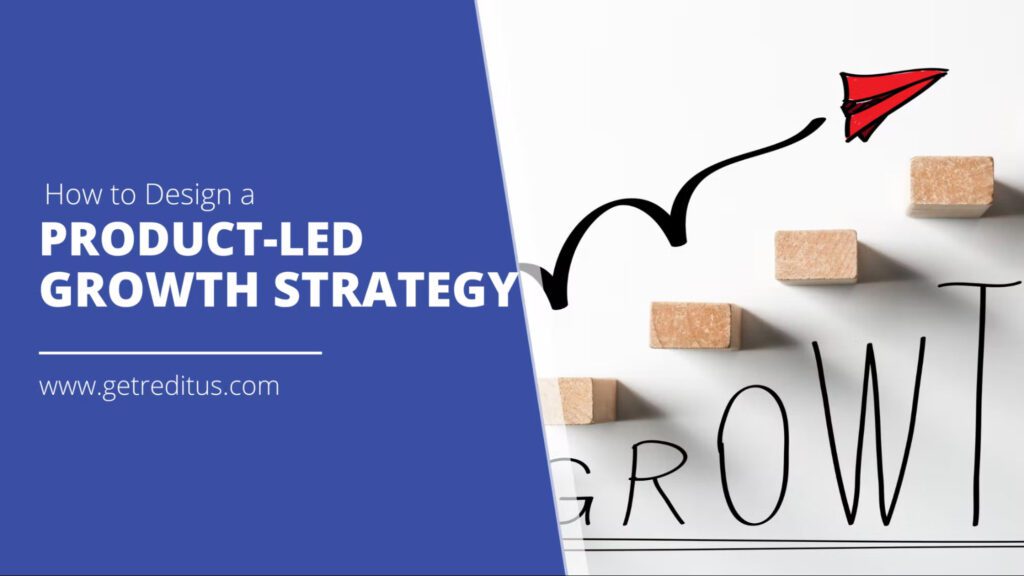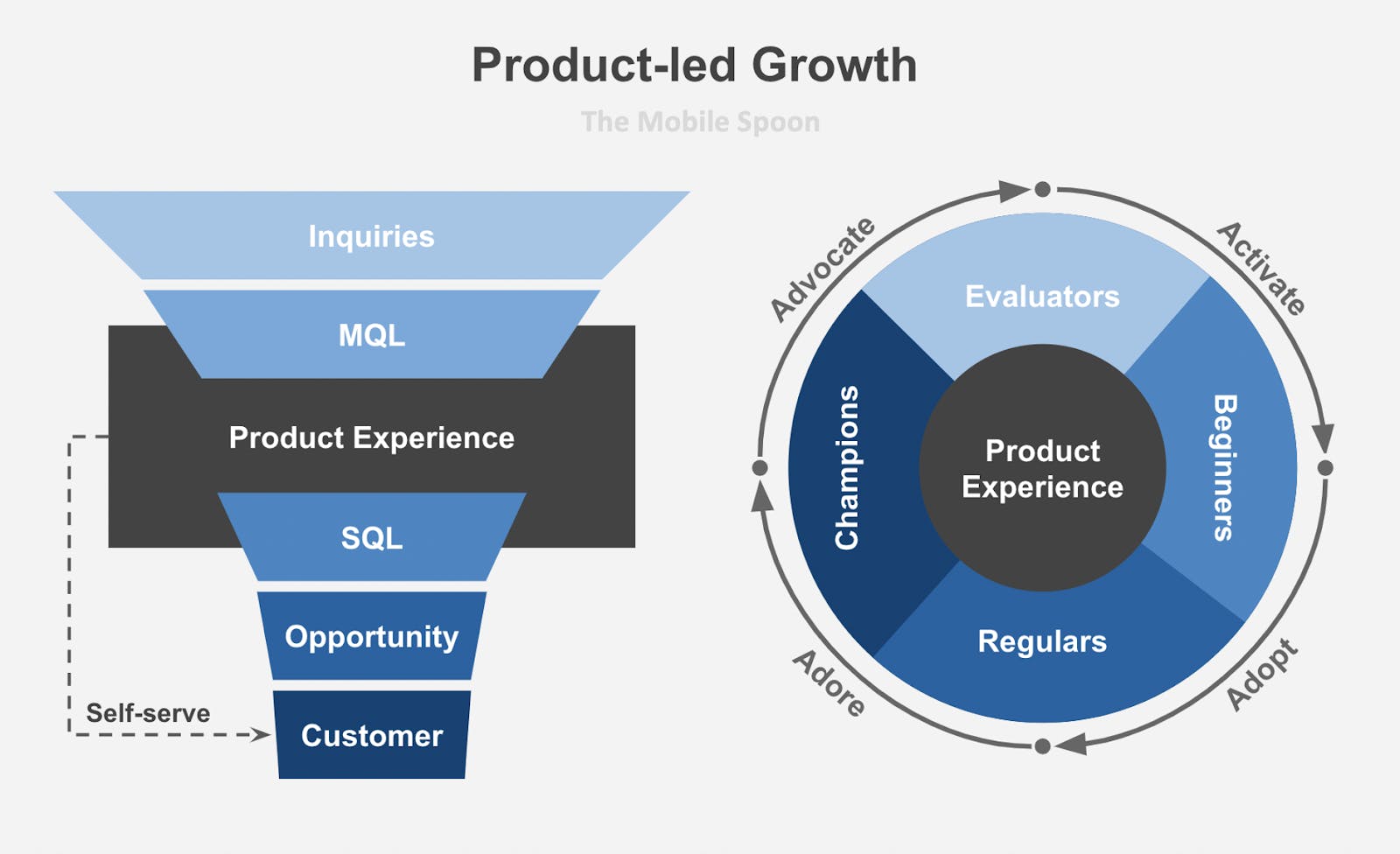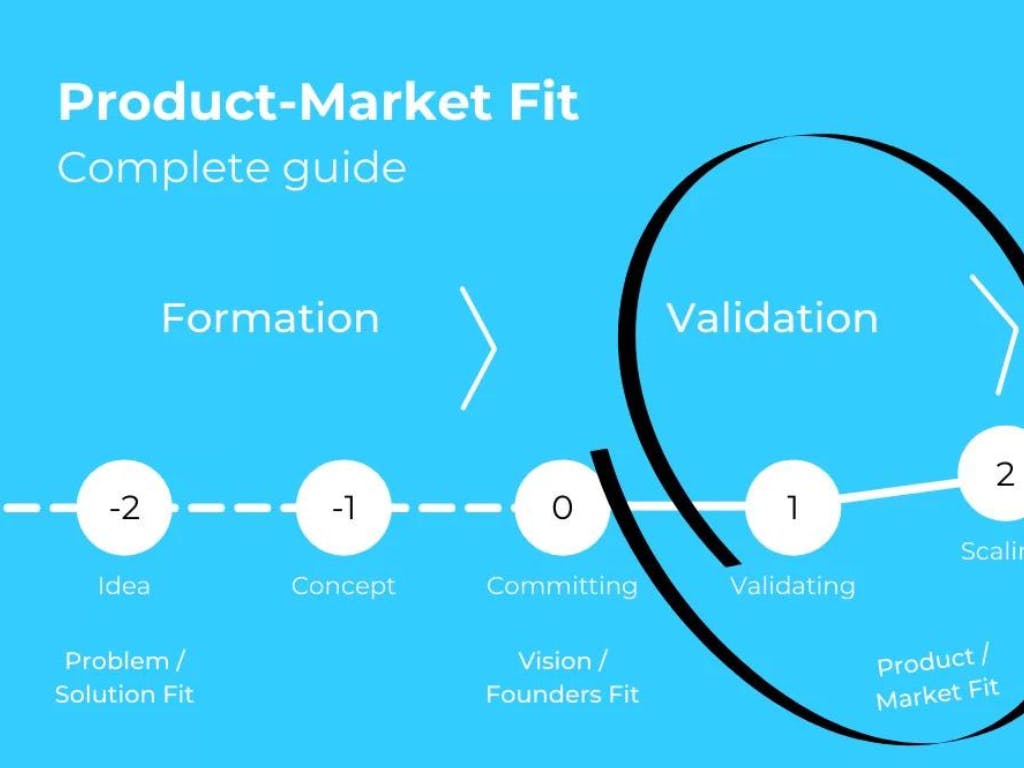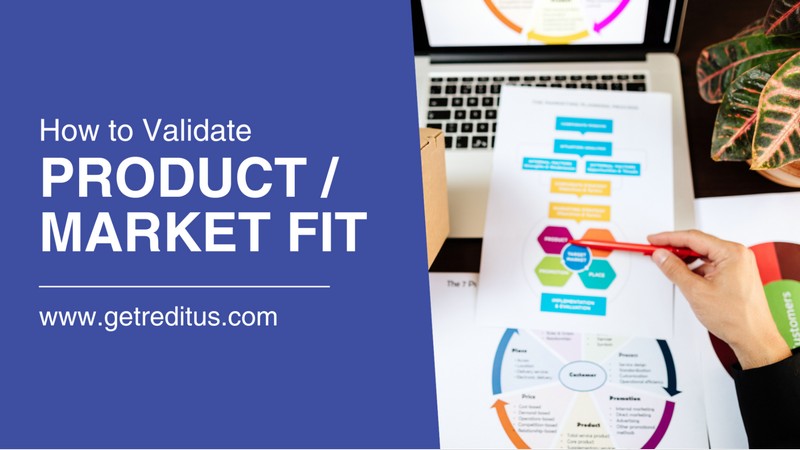How to Develop a Product-Led Strategy to Grow Your SaaS Brand?

Are you looking for ways to grow your SaaS brand? If so, consider developing a product-led strategy.
This strategy can help you increase brand awareness, build customer loyalty, and drive sales. Rather than relying on marketing or sales to grow your business, a product-led strategy focuses on making your product the best it can be.
Today, we'll show you how to develop a solid product-led strategy for your SaaS brand. By the end of this article, you'll know what product-led growth is, the benefits of this strategy, and how to implement it at your company.
Let's start with the basics.
Table of contents
What Is a Product-Led Growth Strategy?
A product-led growth strategy focuses on the product as the primary driver of growth. This means that the product must be excellent and easy to use.
Customers should intuitively understand how to use the product and get value from it without needing much guidance.

It's important to note that a product-led strategy is not the same as a product-centric one. While both approaches focus on the product, a product-centric strategy puts the customer second.
On the other hand, a product-led strategy focuses on the customer first and strives to provide an exceptional product experience.
The fundamental elements of a product-led growth strategy are:
- A great product that meets the needs of your target market
- Ease of use and adoption
- A focus on the customer experience
- Word-of-mouth marketing
Let's explore each of these elements in more detail.
A Great Product That Meets the Needs of Your Target Market
The first element of a product-led strategy is a great product. This may seem obvious, but it's worth reiterating because it's essential.
To grow your SaaS brand, you need a product that meets the needs of your target market.
Your product should solve a problem that your target market is facing. It should be an innovative solution that improves upon existing solutions on the market.
Your product doesn't have to be perfect, but it does need to be good enough to meet the needs of your target market. It should be something that your target market is willing to pay for.
Ease of Use and Adoption
The second element of a product-led growth strategy is ease of use and adoption. Your product should be easy to use and adopt. Customers should intuitively understand how to use the product and get value from it without needing much guidance.
Customers who can easily use your product are more likely to stick with it long-term. They're also more likely to tell their friends and family about it, which leads to word-of-mouth marketing (more on that later).
A Focus on the Customer Experience
The third element of a product-led growth strategy is a focus on the customer experience. Your goal should be to provide an exceptional product experience that delights your customers.
You can do this by focusing on the customer journey and ensuring that each customer interaction with your product is positive. It would help if you also focused on creating a brand that customers can connect with emotionally.
Word-of-Mouth Marketing
The fourth and final element of a product-led growth strategy is word-of-mouth marketing. This is when customers tell their friends and family about your product.
Word-of-mouth marketing is powerful because it's free and comes from a trusted source (the customer's friend or family member). Customers who have a positive experience with your product are more likely to tell others about it.
How to Implement a Product-Led Growth Strategy
Now that you know the basics of a product-led growth strategy let's explore how you can implement this approach at your SaaS company.
Building product/market fit
The first step is to build a great product. Remember, your product needs to meet the needs of your target market. It should solve a problem that your target market is facing.
To build a great product, you must deeply understand your target market. You need to know their pain points and what they're looking for in a solution. Once you know, you can start building a product that meets their needs.

There are a few strategies you can use to get to know your target market better:
- Conduct market research: You can conduct primary and secondary research to learn more about your target market. Primary research involves conducting surveys, interviews, and focus groups with your target market. Secondary research consists in studying existing data sources, such as industry reports.
- Talk to your customers: Another way to get to know your target market is to talk to your current customers. You can do this through customer interviews, surveys, and focus groups. Customer feedback can give you valuable insights into your target market's wants and needs.
- Use analytics: Finally, you can use data from your website and app analytics to understand how your target market interacts with your product. This data can give you insights into what features they use, how they use them, and what you could improve in areas of your product.
Making your product easy to use and adopt
Remember, customers should be able to intuitively understand how to use the product and get value from it without needing much guidance.
There are a few ways you can make your product more user-friendly:
Use simple language: Use language that is easy for customers to understand. Avoid using industry jargon or technical terms.
- Use visuals: Use visuals, such as images, infographics, and videos, to explain how your product works.
- Offer customer support: Make sure you have a robust customer support system if customers need help using your product. You can offer customer support through live chat, email, phone, or social media.
Focusing on the customer experience
The third step is to focus on the customer experience. Remember, the goal is to provide an exceptional product experience that delights your customers.
There are a few ways you can improve the customer experience:
- Focus on the customer journey: Map out the different touchpoints that a customer has with your product and make sure each interaction is positive.
- Improve your product: Continuously work on improving your product. Make sure it is up-to-date with the latest trends and technologies.
- Provide excellent customer service: Respond to customer queries and concerns in a timely and professional manner.
Driving adoption through marketing and sales
The fourth step is to drive adoption through marketing and sales. Remember, you need to get your product in front of your target market and convince them to try it out.
There are a few ways you can do this:
- Use inbound marketing: Inbound marketing is a type of marketing that focuses on attracting customers to your product through helpful content. This content can be in the form of blogs, ebooks, infographics, and more.
- Use paid advertising: Another way to get your product in front of your target market is to use paid advertising, such as Google AdWords or Facebook Ads.
- Offer free trials: You can also offer free trials of your product to convince people to try it out. Free trials allow customers to explore your product and see if it is a good fit for their needs.
Focusing on retention and growth
The fifth and final step is to focus on retention and growth. Remember, once customers use your product, you must keep them happy so they continue using it.
You also need to find ways to get them to pay for your product or upgrade to a higher tier.
There are a few ways you can improve retention and drive growth:
- Improve customer satisfaction: Make sure your customers are happy with your product by continuously collecting feedback and making improvements.
- Increase customer lifetime value: You can increase customer lifetime value by upselling and cross-selling to your existing customers.
- Focus on churn reduction: Churn is the number of customers who stop using your product. You can reduce churn by offering excellent customer service and making it easy for customers to cancel their subscriptions.
Product-Led Strategy: FAQs
What's an example of product-led marketing?
Product-led marketing often involves using the product as the primary vehicle for marketing. For example, a software company might use the software as the primary way to reach potential customers. They could offer a free trial, demo, or discounted product version. This allows customers to taste the product before committing to a purchase. Other common tactics used in product-led marketing are:
- Referral programs
- Free content or resources
- Viral marketing
- Free trials
What is the difference between market-led and product-led?
The main difference between market-led and product-led is the focus of the marketing strategy. Market-led strategies typically focus on creating demand for a product or service.
In contrast, product-led systems concentrate on highlighting the product or service itself.
Market-led methods often involve advertising, promotions, and other marketing activities that bring attention to the product or service.
Product-led strategies, on the other hand, emphasize the product or service itself and use tactics such as free trials, demos, and discounts to make the product more appealing to potential customers.
What is product-led innovation?
Product-led innovation is a business strategy focused on creating a product that meets customer needs and drives customer growth. This strategy focuses on understanding customer needs first, then developing a product or service that meets those needs.
Product-led innovation can also involve developing a product with features that customers didn't expect or didn't know they needed.
What is product-led content?
Product-led content is content that focuses on educating customers about the features and benefits of a product or service. This content can come from blog posts, videos, podcasts, and more.
Product-led content is designed to help customers understand the product or service more profoundly and build trust in the brand.
Conclusion
Developing a product-led growth strategy is a great way to grow your SaaS company.
By following the steps outlined above, you can make sure your product is easy to use and adopt, focus on the customer experience, drive adoption through marketing and sales, and focus on retention and growth.

